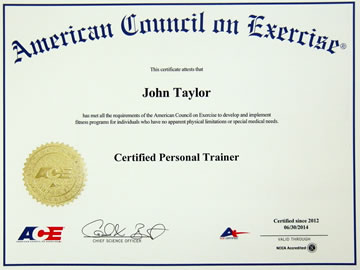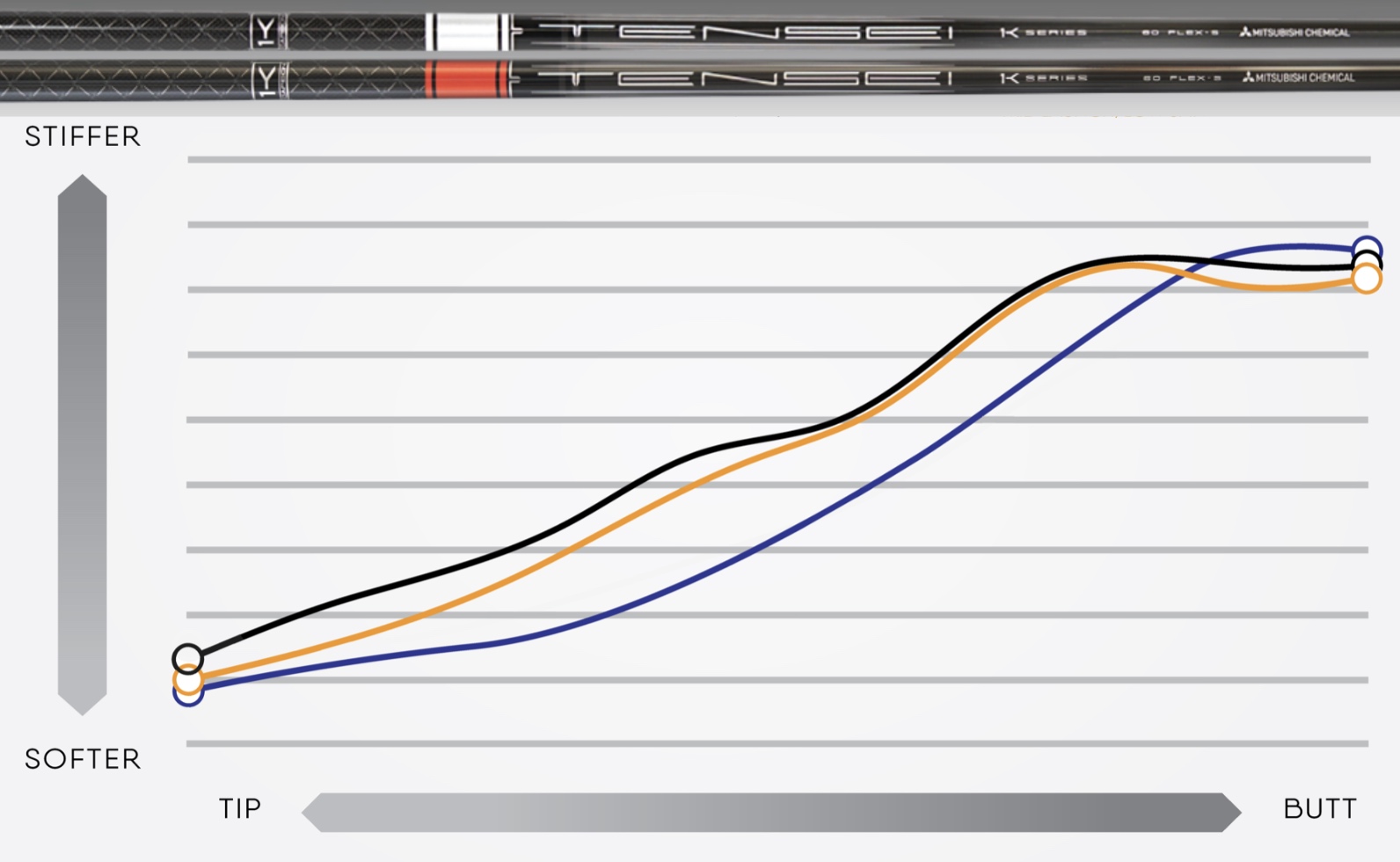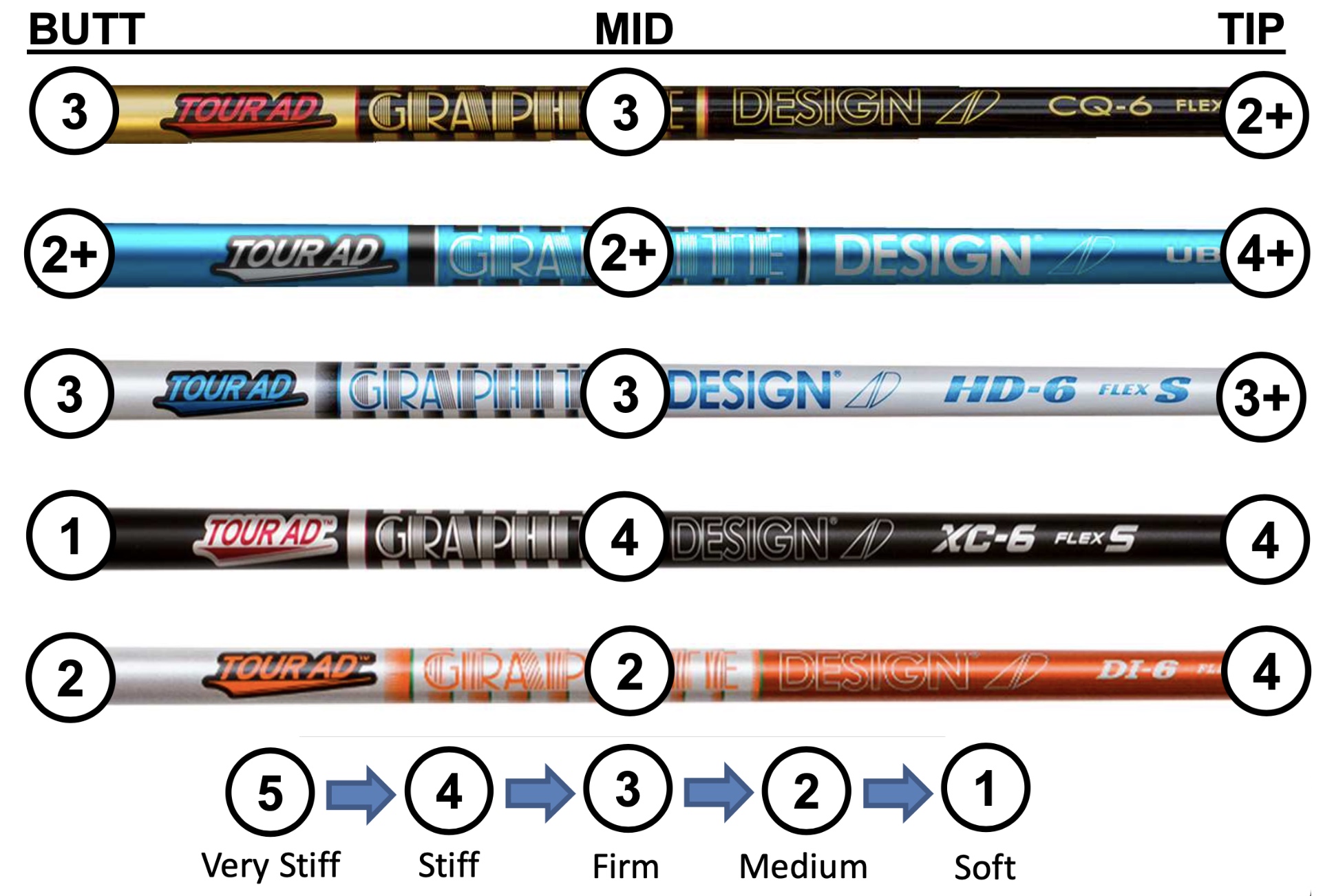The Gap Wedge
What is a gap wedge and when should you consider putting one in your bag? Simply put, a gap wedge fills the gap in loft between the pitching wedge and the sand wedge; and most of us should put a gap wedge in our bag if our set of irons is less than about 10 years old and if we want to have a decent short game. Why is that you ask? Well, let’s consider the distribution of lofts in a standard set of irons to understand the basis for our recommendation.
It is helpful to start near the upper end of the loft spectrum by considering the sand wedge. The loft of the typical sand wedge has been relatively constant at about 56 degrees for decades. Now, consider the pitching wedge. More than 40 years ago the PW may have had a loft in the range of 50 - 52 degrees, 4 - 6 degrees less than the sand wedge. Loft angles in the longer irons of the set decreased progressively by an average of 4 degrees between clubs. A 5 iron may have had a loft as high as 32 degrees, a three iron had a loft of 24 degrees, and a 2 iron rounded out most sets at 20 degrees of loft. Fine, you say, but where was the gap wedge in those old sets?
Well, at some obscure point 40 – 50 years ago, something changed in golf sets. Maybe the change was stimulated by good ol’ fashioned marketing, or maybe golfers of the day just simply demanded that something be done to improve the distance performance of golf clubs. It seems to have taken a couple of decades to solve the problem, and it’s still getting solved, but by the mid 90’s many golfers came to believe that performance gains had really been achieved.
The venerable pitching wedge had gained some muscle and it could hit a ball as far as yesterday’s 9 iron. And the 9 iron also had performance gains – it beat the old 8 iron, and so on down the line. The natural reaction was “I gotta have some of those” and the new model irons were sold. But we ask “How can a PW hit the ball as far as a 9 iron if distance in these irons is determined mainly by loft?
Here is the answer. Lofts had decreased by about 4 degrees per club. The new PW had a loft of 48 degrees and the other clubs in the set also had similarly stronger lofts. That PW was not really a PW at all, it was a 9 iron that had PW carved into the sole. However, most golfers' short game began to deteriorate and the club manufacturers stepped in to do something about it. Because there was an 8-degree gap in lofts between the new PW and our old reliable sand wedge, the solution was to design a new club and call it the gap (G) wedge or advantage (A) wedge.
But wait, isn’t that 52 degree gap wedge really just an old pitching wedge in disguise? Yes, it sure is. So when you watch reruns of old golf TV shows and the commentator whispers “he’s taking a pitching wedge for that approach shot to the green, Jim…”, those old pros were really hitting a gap wedge but they just didn’t realize it at the time.





























 John Taylor
John Taylor
Reader Comments